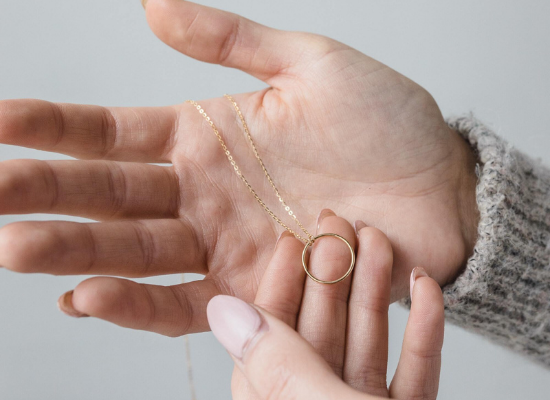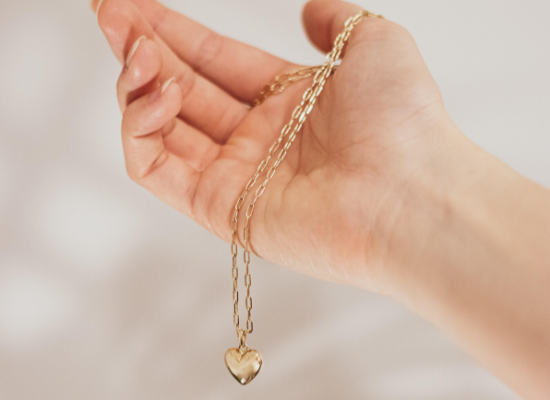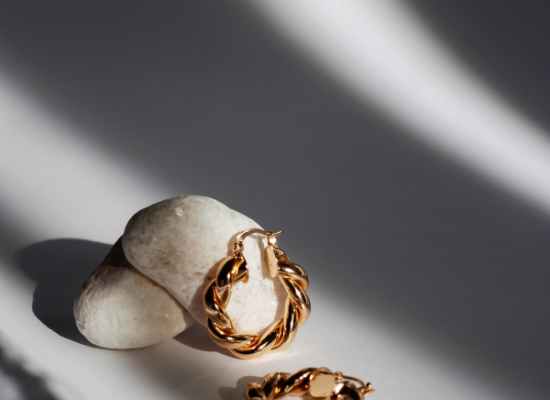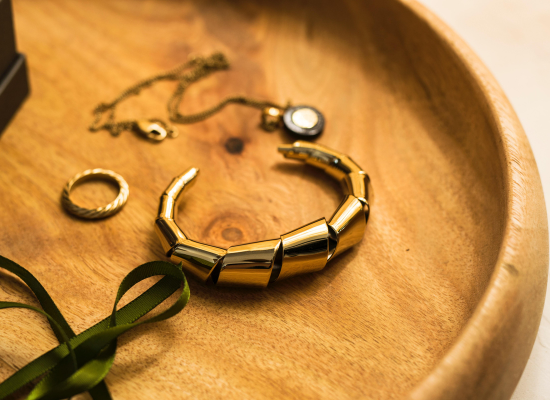
Gold has long been one of the world’s most popular (and most expensive) precious metals. But you might question, what is it about gold that makes it so appealing? Why is it so popular and expensive? What is the difference between a carat and a karat of gold? And why should you care in the first place?
We’re here to give you the inside scoop on this incredibly gorgeous precious metal, as well as some fascinating gold facts. Don’t forget to check out the gold jewelry pieces created on JewelersConnect for some inspiration.
In this blog post, we will discuss the different types of gold jewelry available, as well as the different karats and carats that are used to measure it.
Here we go…
Gold: The lowdown
Pure gold is extremely long-lasting. It’s the least reactive of all metals, meaning it won’t tarnish, rust, or perish when exposed to oxygen or most chemicals. This makes it ideal for use in jewelry and high-status goods in which the value and polish should last indefinitely.
It’s also highly pure in its natural state, unlike many other metals that are difficult to extract from their ores.
As a result, humans have been working with gold for a very long time: gold is one of the ancient metals utilized by prehistoric humans (the others being gold, silver, copper, tin, lead, iron, and mercury). While the origins of its early discovery and use are unknown, we do have evidence of the Egyptians using gold as far back as 3000 BC.
Jewelers and goldsmiths like to use gold in their designs because it is a very workable metal.
Gold is also a stunning metal, displaying a broad spectrum of colors depending on how it’s alloyed with other metals. The purest gold (24 carat gold) has a brilliant, rich, and warm hue that no other metal can equal. Finally, because gold is relatively rare and hard to extract in large quantities, it is extremely valuable and therefore expensive.
Only 171,300 tones of gold have ever been mined globally, which would be approximately enough to fill an Olympic-sized swimming pool.

How expensive is gold?
The quick answer is: a great deal! Gold is 76 times more expensive than silver at the time of writing this post. This is why jewelers frequently use sterling silver, gold vermeil, or gold filled in their jewelry creations, with solid gold used mainly for small pieces or highlights.
Don’t let anyone tell you otherwise: there is no such thing as cheap gold jewelry. If you have some inexpensive gold jewelry that keeps turning your skin green or black, it’s probably not gold at all.

What is a gold carat?
A carat is a unit of measurement for weight, not purity. The term “carat” comes from the Greek word “keration,” which referred to the carob seed (a small pod-like fruit).
One carat equals 0.20 grams, or about 200 milligrams. This might not sound like much, but when it comes to gold, even a small carat can be expensive.
What is a gold karat?
The term karat derives from the same origin as carat and refers to the purity of gold: one karat equals 1/24th part pure gold in an alloy. (The 1/24th proportion can be traced back to ancient Rome, when a siliqua was equivalent to 1/24th of a golden solidus.) However, you were previously aware of this.) A 14-karat gold ring, in other words, is made up of 14 parts gold and 10 parts another metal, such as copper; pure gold is 24 karats.

Different karats of gold
24K Gold
There is no higher karat for gold than 24K. It is pure gold. Although it is too soft to be used for making jewelry on its own, it can be used for gilding, plating, and making ceremonial pieces. It has a golden color that is brilliant, rich, and warm. 24K gold is the most expensive type of gold by weight due to its purity.
22K Gold
22K gold is made up of 22 parts pure gold and is therefore 91.67% pure. The remaining alloyed metals, like as zinc, copper, silver, and nickel, are responsible for its enhanced strength. 22K gold jewelry is reliable in terms of durability, but it keeps much of the exquisite color of 24ct gold, making it an excellent compromise. However, because of its high percentage of purity, it is also expensive.
18K Gold
It is made of 75% gold and 25% other alloyed metals. This is the most often used purity of gold in jewelry in many nations, because it provides a good balance of price and purity and excellent color. It is considered the European gold purity standard.
14K Gold
This is popular in the United States, and it’s incorporated it into many of solid gold creations. It’s 58.3 percent pure gold, but it still has a nice gold color, making it a decent compromise when price is a factor.
10K Gold
Most countries consider lower purities to be too low to be referred to as gold, therefore this is the lowest karat of gold you will see. This is approximately 40% pure gold and does not have the same golden color as higher purities.

Different colors of gold
When looking at jewelry, you’ve probably encountered a variety of gold colors. All of the variations are due to alloying with other metals.
The highly rich and warm golden color of 24K gold defines it. When copper is added, the resulting alloy is pink in color and is known as rose gold, red gold, or pink gold.
A significant amount of nickel, manganese, or palladium is present in white gold. White gold jewelry in stores is almost always plated with rhodium, which gives it a dazzling white appearance. Unplated white gold has a warm grey color and is rarely used in jewelry.
There is no such thing as 24K white gold; the greatest karat for white gold is usually 18K or 20K, and the higher the karat, the more yellow the color.
Final remark
Gold jewelry, specially in its purest forms, is truly exquisite, and we believe that everyone should have some in their jewelry collection.
With just a little care, your gold jewelry will keep its beautiful looks and value for far longer than any of us will be around. You’ll not only be able to pass down your gold jewelry to future generations, but you’ll also look wonderful while wearing it.
What’s not to love about that?